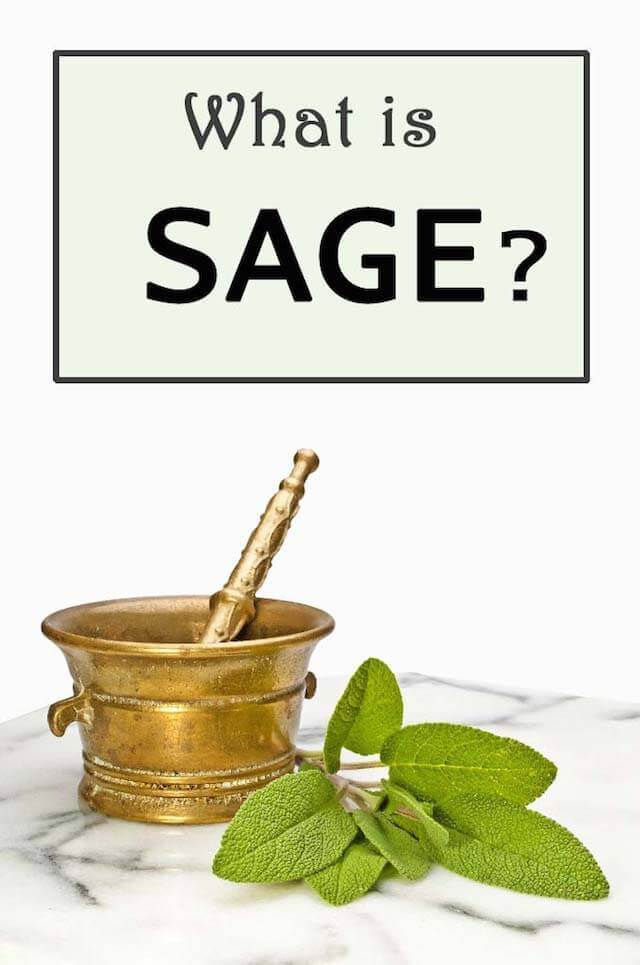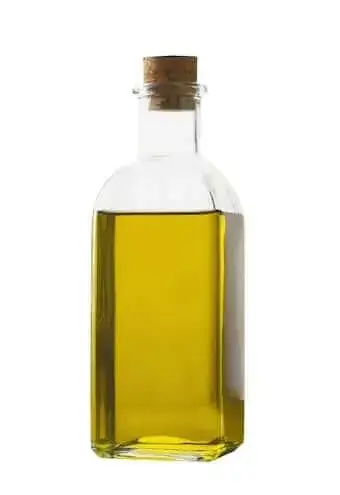What is Sage?
A perennial plant belonging to the mint family, sage has become popular for its culinary and medicinal prowess. Because of its many uses, the herb is one of the most cultivated in the world. You too can learn how to add sage to your diet and use it around the home to reap the benefits.…
This post may contain affiliate links. Please read our disclosure policy.
A perennial plant belonging to the mint family, sage has become popular for its culinary and medicinal prowess. Because of its many uses, the herb is one of the most cultivated in the world. You too can learn how to add sage to your diet and use it around the home to reap the benefits.
What is Sage Used For?
Before it became seasoning for thanksgiving turkey, sage was used to treat health conditions. Some ingested it to fight infections while others applied it topically to soothe everyday aches and pains. Today, it is an active ingredient in many herbal remedies and continues to be a favorite among chefs.
What are the Health Benefits of Sage?
Whether it is fresh or dry, these herb houses impressively high amounts of antioxidants, minerals and vitamins. Depending on how you use it, sage can relieve a host of symptoms from fungal infections to depression.
1. Anti-bacterial
As a natural antiseptic, sage has been used to treat a wide range of fungal infections. If the infection is external, you can rub sage oil on the affected area to keep it from spreading. If internal, you can either eat sage leaves with a meal or dilute a few drops of the oil in water to drink.
2. Antioxidants
Now more than ever before, people are vulnerable to disease caused by free radicals. These destructive molecules can take over the body and cause our organs to age prematurely or malfunction.
Using sage daily can assist in controlling and destroying these free radicals. It can build your resistance to respiratory infections, treat a variety of skin problems and cleanse our organs. Antioxidants in the herb can also keep you young by repairing skin, reviving your hair and revitalizing the mind.
3. Aromatherapy
Sage’s therapeutic abilities are not unknown. In fact, one study showed that patients with Alzheimer’s disease became mentally sharper after taking sage oil for several weeks. Others use the herb’s vapors to treat psychological disorders like depression, anxiety and frustration.
4. Vitamins
In addition to its therapeutic powers, sage provides nutritional support with a range of essential vitamins. It is particularly high in vitamins A and C, immune-boosting nutrients that maintain bone, organ and skin health.
5. Minerals
In a way, sage can be considered as a natural multivitamin. Not only does it provide important vitamins, it also boasts decent amounts of minerals. Some of these include iron, copper, potassium, calcium, zinc, magnesium and manganese.
How to Use Sage
Sage is not just an herb you can add to your menu; you can make it part of your lifestyle. Keep fresh or dried leaves in the kitchen to season chicken, turkey and other meats. You can also get a bottle of sage oil for your medicine cabinet to use as massage oil or oral treatment for infections.
Because it is healthy for hair and skin, you can add a few drops of oil to your moisturizers and shampoos. For days when you are feeling down, use a diffuser to spread its fragrance around the home.




Nino says
Hi! Just wanna know if sage is a sambong in Tagalog or Gabon in bisaya?
Glenda King says
According to the Drops dictionary it is Sambong in Filipino. Sambong as I know it here in Luzon smells the same as Sage though it ( sambong) has bigger leaves.